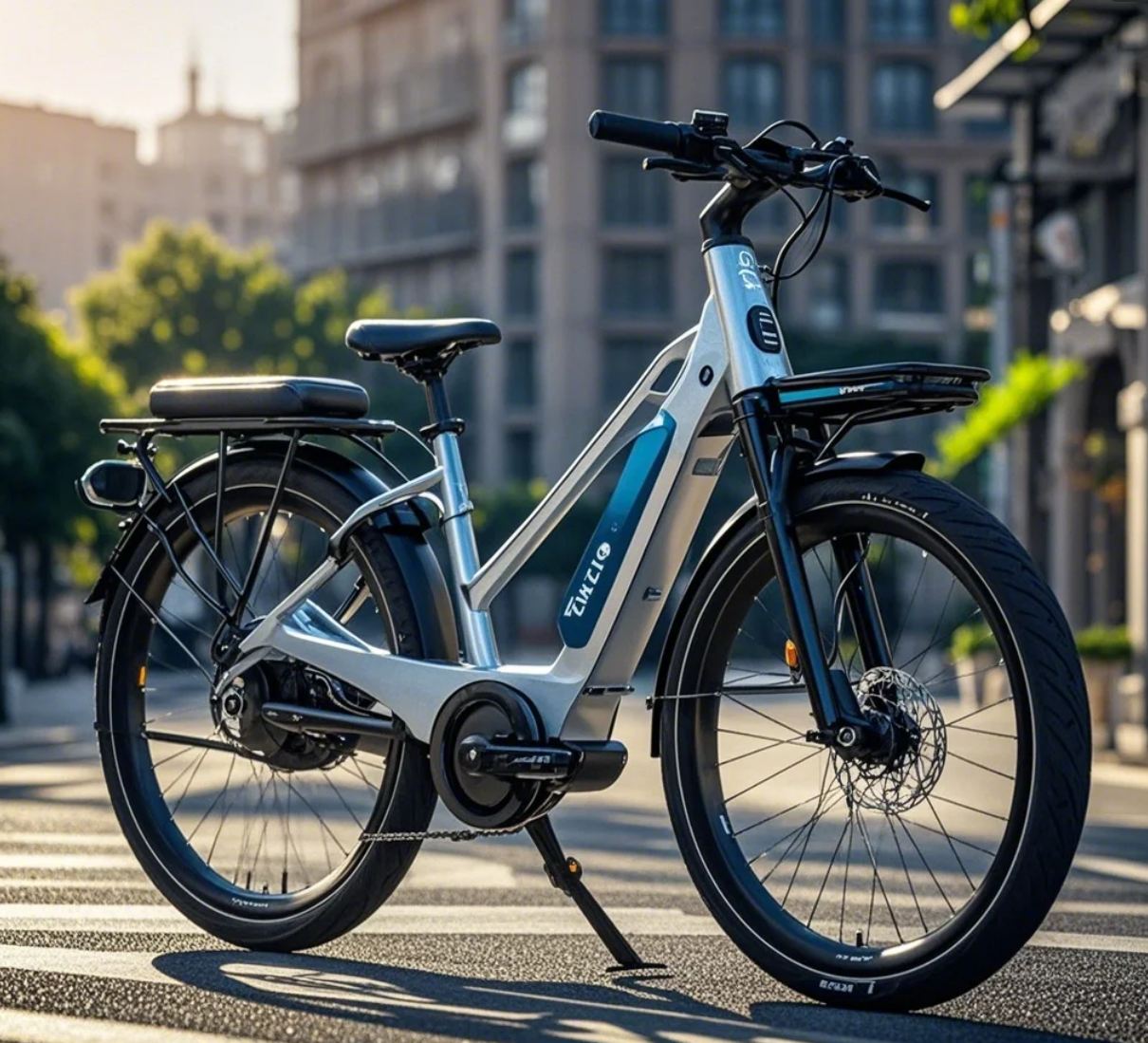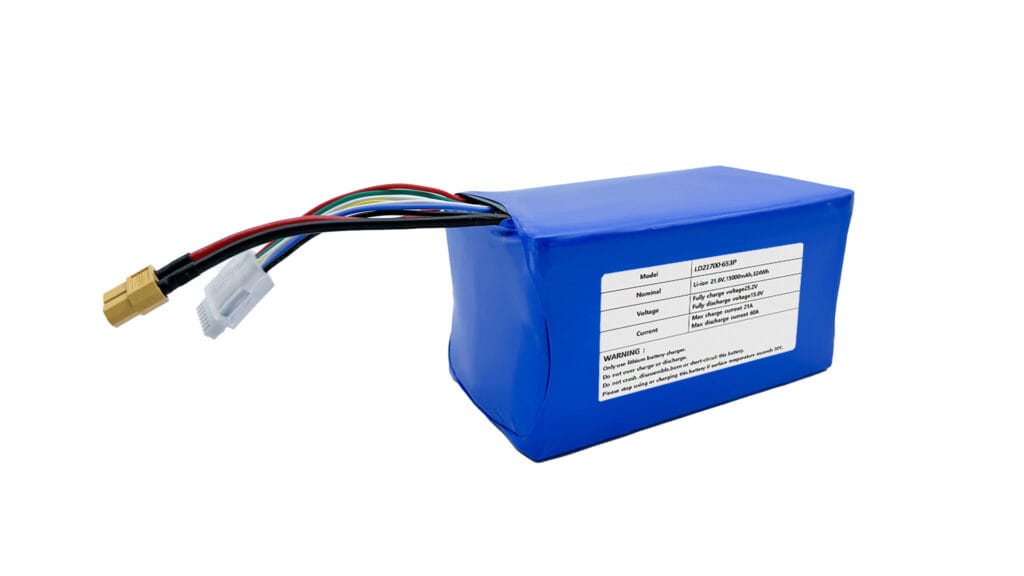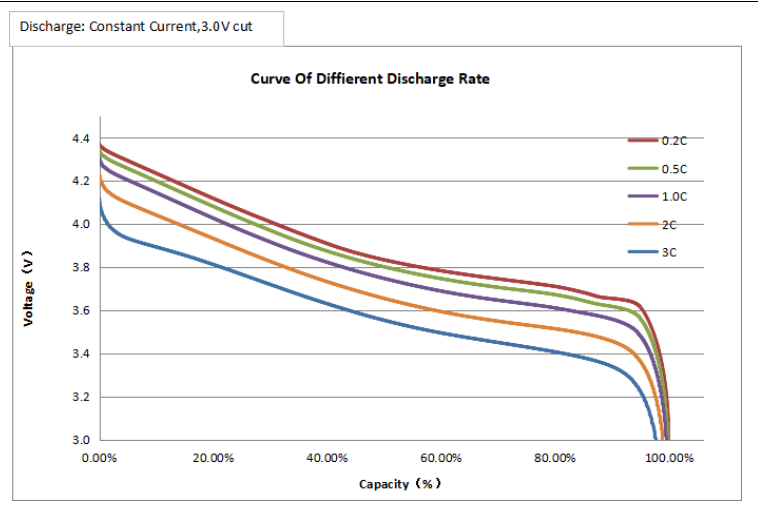As an experienced eBike rider, you understand the thrill of effortlessly gliding up hills and covering longer distances with ease. Your trusty electric steed has become an indispensable part of your commute, weekend adventures, or fitness routine. But have you ever paused mid-ride and wondered about the lifespan of that crucial component powering your journey – the battery?
The battery is the heart of your eBike, dictating how far you can go and for how long. Knowing its typical lifespan and the factors influencing it is paramount for any seasoned rider looking to optimize their eBike experience and avoid unexpected replacements. This guide delves deep into how long does a 48v eBike battery last, providing you with expert insights and actionable tips to keep your ride going strong for years to come.
Looking for battery solutions that perfect for your ebike? Click Lan Dazzle: Your Trusted E-bike Battery Manufacturer to learn more!
Understanding the Basics of a 48V eBike Battery
The “48V” designation refers to the battery’s voltage, which essentially indicates the electrical potential or “push” it provides to the motor. Higher voltage generally translates to more power. For experienced riders, you likely know that the real measure of your battery’s capability lies in its Amp-hours (Ah) and Watt-hours (Wh).
Amp-hours represent the battery’s capacity to hold a charge over time, while Watt-hours (calculated by multiplying voltage by amp-hours) indicate the total energy the battery can deliver. Think of voltage (V) as the ‘push’ of electricity, while Amp-hours (Ah) represent the ‘amount’ of charge the battery can hold. Multiplying these gives you Watt-hours (Wh), which is the total energy capacity.
Most 48V eBikes utilize lithium-ion batteries, prized for their high energy density, relatively low weight, and long lifespan compared to older battery technologies. A key metric for understanding a lithium-ion battery’s potential lifespan is its number of charge cycles – the number of times it can be fully charged and discharged before its capacity significantly degrades.
How Long Does a 48V eBike Battery Last?
So, the burning question: how long will your 48V eBike battery last? On average, a well-maintained 48V eBike battery can last anywhere from 3 to 5 years or handle 500 to 1000 charge cycles.
However, it’s crucial to understand that this is just an average. Just like the battery in your smartphone, your eBike battery has a finite number of times it can be fully charged and discharged. The actual lifespan can vary significantly based on a multitude of factors that we’ll explore in detail.
It’s also worth noting that advancements in battery technology are continuously being made, and newer batteries might offer even longer lifespans and more charge cycles. Remember that battery lifespan (the total operational life of the battery) is different from range (the distance you can travel on a single charge).
Key Factors Influencing 48V eBike Battery Lifespan
Several elements play a crucial role in determining how long your 48V eBike battery will last. Understanding these factors empowers experienced riders to make informed decisions and adopt practices that can significantly extend their battery’s life.
Charging Habits
Your charging routine has a profound impact on battery longevity. Consistently draining a lithium-ion battery to 0% puts significant stress on its cells and can reduce its overall lifespan. Studies suggest that consistently discharging a lithium-ion battery below 20% can reduce its overall lifespan by up to 15% compared to shallower discharges.
Experienced riders often find a “sweet spot” for charging, aiming to keep the battery charge level between 20% and 80% whenever possible. Frequent partial charges are generally better than allowing the battery to fully deplete before recharging. Additionally, always use the charger specifically designed for your eBike battery, as using an incompatible charger can cause damage.
Riding Conditions and Usage
The way you ride your eBike also affects battery strain. Riding uphill frequently can increase battery consumption by 20-30% compared to riding on flat surfaces. If you’re constantly tackling steep hills in high pedal assist, your battery will work harder and may not last as long as someone primarily riding on flat bike paths in lower assist modes.
Similarly, carrying heavy loads or frequently using the throttle at maximum power will draw more energy and potentially shorten the battery’s lifespan. Being mindful of your riding style and terrain can help optimize battery usage.
Storage Conditions
Proper storage is critical, especially when you’re not planning to ride your eBike for an extended period. Extreme temperatures, both hot and cold, can negatively impact lithium-ion batteries. Storing a lithium-ion battery above 100°F (38°C) for extended periods can accelerate its degradation.
Conversely, while cold temperatures might temporarily reduce range, prolonged exposure to freezing temperatures can also be harmful. The ideal temperature range for storing lithium-ion batteries is typically between 50-70°F (10-21°C).
Additionally, the state of charge during storage matters. It’s generally recommended to store your eBike battery at around 50-70% charge rather than fully charged or completely depleted for long periods. Leaving your eBike battery in a hot car during the summer or a freezing garage in the winter can significantly shorten its lifespan.
Battery Quality and Brand
The quality of the battery cells and the reputation of the manufacturer play a significant role in battery longevity. Batteries from reputable manufacturers often utilize higher-quality cells and more sophisticated Battery Management Systems (BMS).
The BMS is a crucial component that monitors and regulates the battery’s charging and discharging processes, protecting it from overcharging, over-discharging, and overheating, all of which can contribute to premature degradation. Think of it like buying electronics – a product from a well-known brand with good reviews often indicates higher quality components and better overall performance and lifespan.
Maintenance and Care
While eBike batteries generally require minimal maintenance, following the manufacturer’s guidelines is essential. Regularly inspect your battery for any physical damage, such as cracks or swelling. Keep the battery terminals clean to ensure good contact. Avoid dropping or subjecting the battery to significant impacts. Just like you’d maintain any other piece of valuable equipment, regularly checking your eBike battery for any signs of damage is crucial. Also, always follow the manufacturer’s instructions regarding charging and storage.

Extending the Life of Your 48V eBike Batteries
As experienced riders, you’re likely looking for practical ways to maximize your battery’s lifespan. Here are some actionable tips:
- Optimal Charging Practices: Aim for partial charges whenever possible. Avoid consistently draining the battery below 20% and try to unplug the charger shortly after it reaches full charge.
- Smart Riding Habits: Utilize lower pedal assist levels when appropriate, be mindful of your riding terrain, and avoid carrying unnecessary heavy loads.
- Proper Storage Techniques: Store your battery in a cool, dry place away from direct sunlight and extreme temperatures. If you won’t be riding for a while, store the battery at around 50-70% charge.
- Regular Maintenance: Keep the battery clean and inspect it for any damage. Follow the manufacturer’s recommendations for care.
- Software Updates (if applicable): Some eBike systems receive software updates that can optimize battery performance and management. Ensure your eBike software is up to date.
Recognizing Signs of Battery Degradation
Even with the best care, your 48V eBike battery will eventually degrade over time. Knowing the signs of degradation will help you anticipate when a replacement might be necessary. Common indicators include a noticeable reduction in range, the battery discharging much faster than usual, difficulty holding a full charge, and in some cases, physical swelling or damage to the battery casing.
If you used to get 40 miles on a single charge, but now you’re only getting 25-30 miles under the same riding conditions, it could be a sign of battery degradation. When you start experiencing these issues consistently, it’s time to consider a battery replacement to maintain optimal performance and safety.
Conclusion
The lifespan of a 48V eBike battery is a crucial consideration for experienced riders. While the average lifespan falls within the 3-5 year or 500-1000 charge cycle range, numerous factors, including charging habits, riding conditions, storage, battery quality, and maintenance, significantly influence its longevity.
By understanding these factors and implementing the tips discussed, experienced eBike riders can significantly extend the life of their 48V batteries and enjoy more miles on the road or trail. Investing in a good quality battery and adopting mindful riding and maintenance practices will ultimately lead to a more enjoyable and sustainable eBike experience.
FAQ
-
How many miles can I expect to get on a single charge with a 48V eBike battery?
The range you can achieve on a single charge depends heavily on the battery’s capacity (measured in Watt-hours), the pedal assist level you use, the terrain, your riding style, and your weight. A typical 48V eBike battery might have a capacity ranging from 500Wh to 750Wh or more. This could translate to a range of 20 to 60+ miles, depending on the factors mentioned. -
Will charging my 48V eBike battery more frequently shorten its lifespan?
Contrary to older battery technologies, modern lithium-ion batteries do not suffer from a significant “memory effect.” Therefore, charging your eBike battery more frequently, even for short periods, is generally better than consistently letting it drain completely. Top-ups and keeping the battery within the 20-80% range are often recommended for optimal longevity. -
Is it better to completely drain my 48V eBike battery before recharging it?
For lithium-ion batteries, it’s generally not recommended to consistently drain them completely before recharging. Deep discharges put more stress on the battery cells and can gradually reduce their capacity and overall lifespan. Aim for partial discharges and recharge your battery before it gets too low (ideally above 20%). -
How does cold weather affect the lifespan and performance of a 48V eBike battery?
Cold weather can temporarily reduce the range of your eBike battery. This is a normal characteristic of lithium-ion batteries. The chemical reactions within the battery slow down in colder temperatures, leading to less power output. While short-term exposure to cold isn’t typically harmful, prolonged exposure to freezing temperatures or storing the battery in freezing conditions for extended periods can potentially impact its long-term lifespan. It’s best to store your battery indoors in a temperature-controlled environment, especially during colder months. -
What are the key indicators that my 48V eBike battery is nearing the end of its lifespan and needs replacement?
Several signs can indicate that your eBike battery is nearing the end of its life. These include a significant and consistent reduction in the distance you can travel on a full charge, the battery discharging much faster than it used to, taking longer to charge, or not holding a charge as well as it once did. In some cases, you might also notice physical signs like swelling or damage to the battery casing. If you experience these issues, it’s time to consider replacing your battery.
-
Are there different types of 48V eBike batteries with varying lifespans?
While most 48V eBike batteries utilize lithium-ion chemistry, there can be variations in the specific types of lithium-ion cells used and the overall quality of the battery pack. Higher-quality cells and more sophisticated BMS systems generally contribute to a longer lifespan. Additionally, advancements in battery technology might introduce new chemistries in the future that offer improved longevity.





